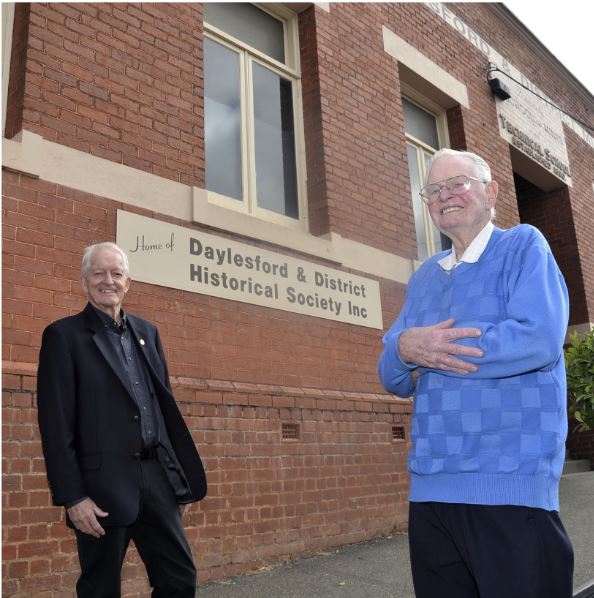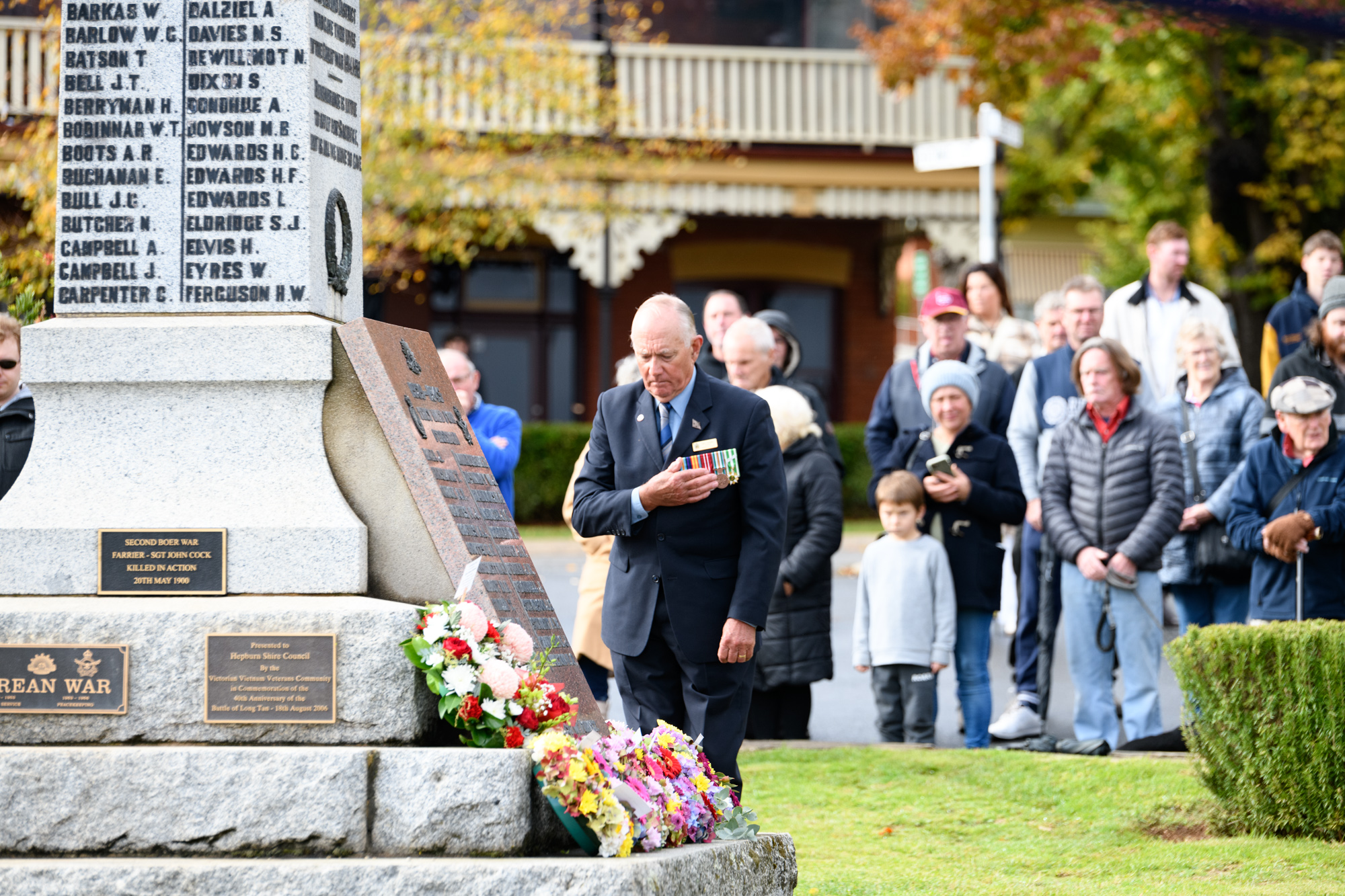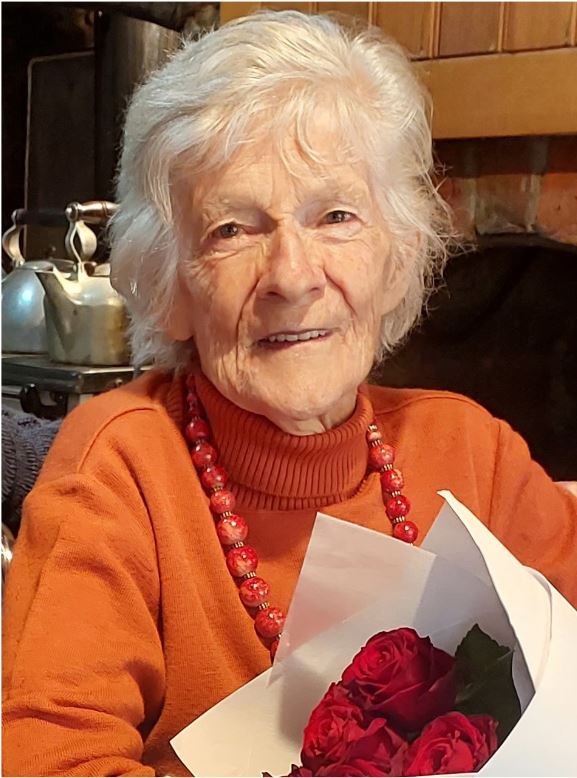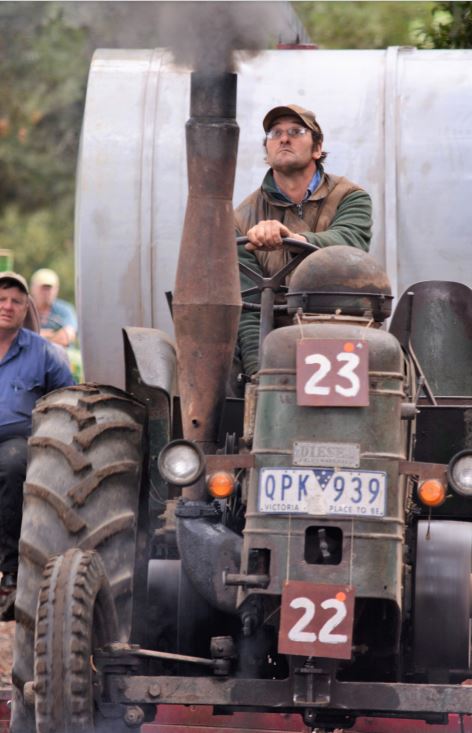March 13th, 2021Exotic fauna or a pesky pest? Still no idea!
BACK in the 1880s various species of deer were introduced to Australia as game animals and their descendants remain in forests across Australia.
In Victoria there are now four wild species of deer including sambar, red, hog and fallow, living predominantly in the vast forests of the lower alpine regions. However the Wombat State Forest, despite its isolation from these areas, also has a significant population of fallow deer. While official numbers in the region are not clear, regular sightings are part of living next to the Wombat as expressed in these comments from social media.
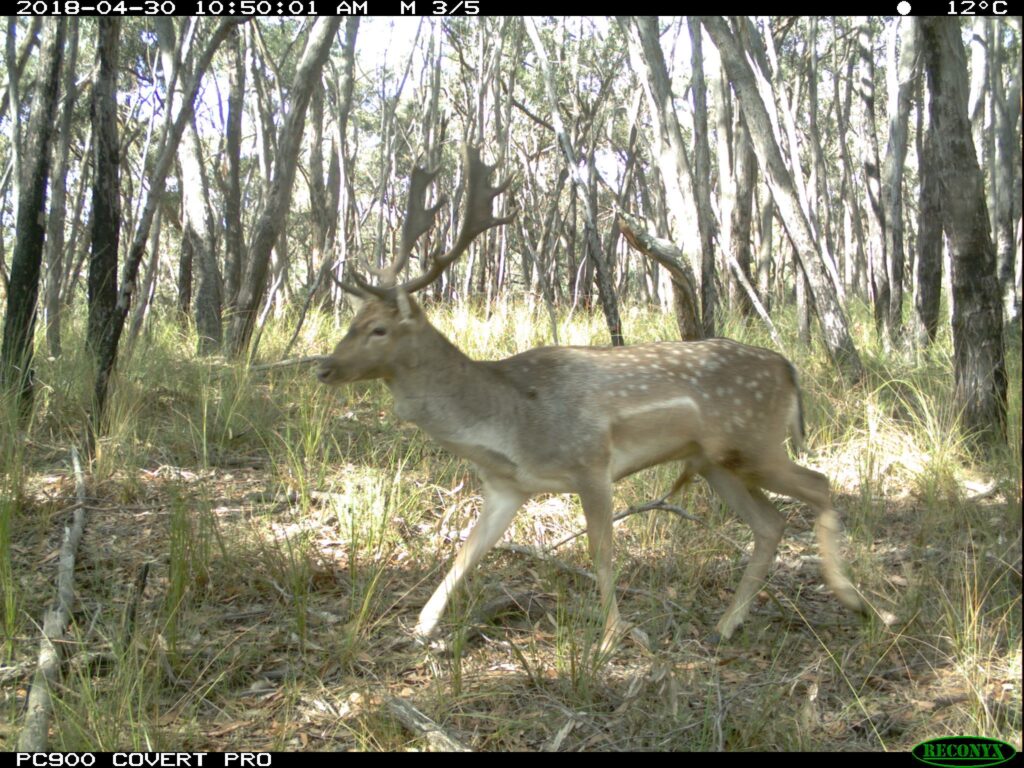
“We see deer in our paddock two or three times a year, and see evidence of them browsing our introduced trees,” says a landowner in Bullarto South. “There’s a herd of about 10 down the Coliban Valley,” says another.
An East Trentham resident writes: “There’s a mob of 15 plus around Mill Road. I’ve seen them as far east as Fern Hill.”
“Had fallow deer on my property and next door,” says a resident in the same area. “They came out from the Wombat Forest perhaps six or seven times a year to get to the grass.”
And from a farmer near Trentham: “I have seen one or two spikers come through my farm block. This time of the year deer come into the rut and the young bucks get belted out of the herd so you’ll see them in places they haven’t been seen before.”
“Cooked some local shot deer this week,” says a local hunter. “Good eating.”
Victoria has possibly the largest deer population in Australia, estimated at more than a million animals and while they are listed as a game species and can be shot by licenced hunters, deer are also classed as protected wildlife.
In national parks they are known as exotic fauna and subject to extermination across those areas. Lately there has been significant pressure exerted by lobby groups and communities (particularly in the east of the state) to change the legal status of deer from protected wildlife to pest animal but with the release of the Victorian Deer Control Strategy in 2020 the state government left their protected status in place.
A perplexing decision in the face of strong evidence that feral deer are emerging as one of the state’s most serious environmental and agricultural threats.

It is a concerning decision for Andrew Cox, CEO of the Invasive Species Council which campaigns for stronger laws, policies and programs to keep Australia’s native environment safe from invasive species.
“Deer are prolific grazers therefore they consume large amounts of vegetation,” says Andrew. “As well as competing with native animals, they pretty much take out the understorey, open up the forest and remove all those shrubs growing in moist gullies.”
However, at this point in time, there is a fairly common perception that, despite a gradual increase in sightings of the animal in local bushland, deer are not a pressing issue. Indeed foxes, cats and pigs are also present and arguably causing more damage.
The difference is of course, all those creatures are classed as pests with all the eradication strategies and funding that goes with that classification. Deer as mentioned are not currently classed as pests, but they are now established here and growing in numbers, adding to the woes for the forests.
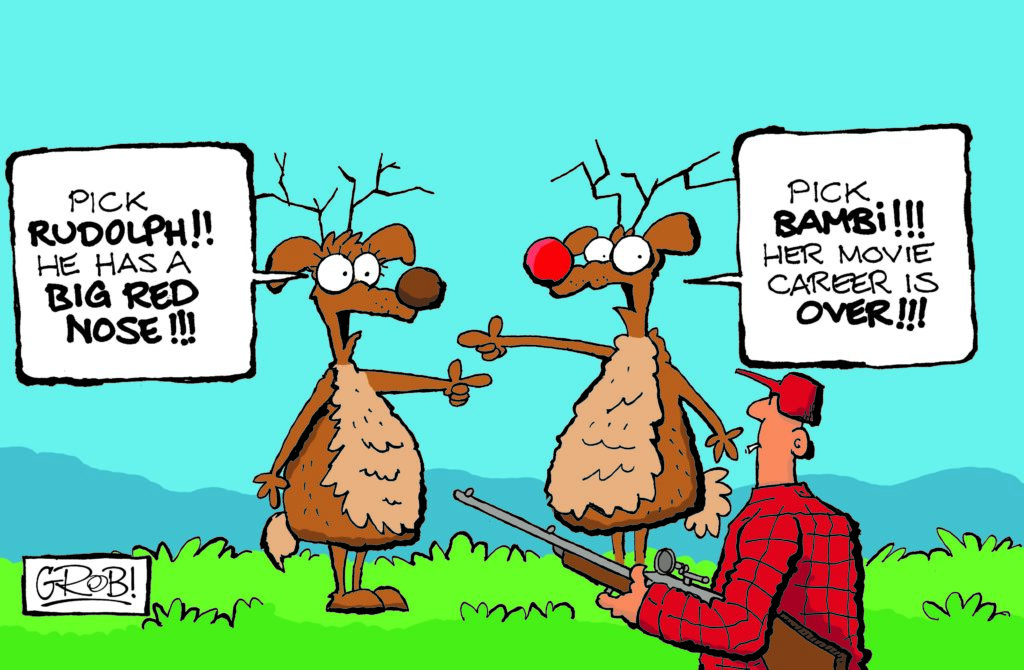
“This is what happens,” says Andrew. “When you first see them they are in reasonable numbers but in two or three years the numbers can grow rapidly. Their growth rate is 30 or 40 per cent a year and though they only have one fawn per year they are quite prolific breeders. (Does can reproduce at 16 months and can give birth to up to a dozen fawns in their lifetime). “Often you don’t notice them because they are good at hiding and then suddenly they just become very visible. By then it is often too late.”
Above, a fallow deer buck caught by a camera trap in the Wombat State Forest Image: Arthur Rylah Institute for Environmental Research (DELWP)
Below, Andrew Cox, CEO of the Invasive Species Council Image supplied.
Words: Tony Sawrey







